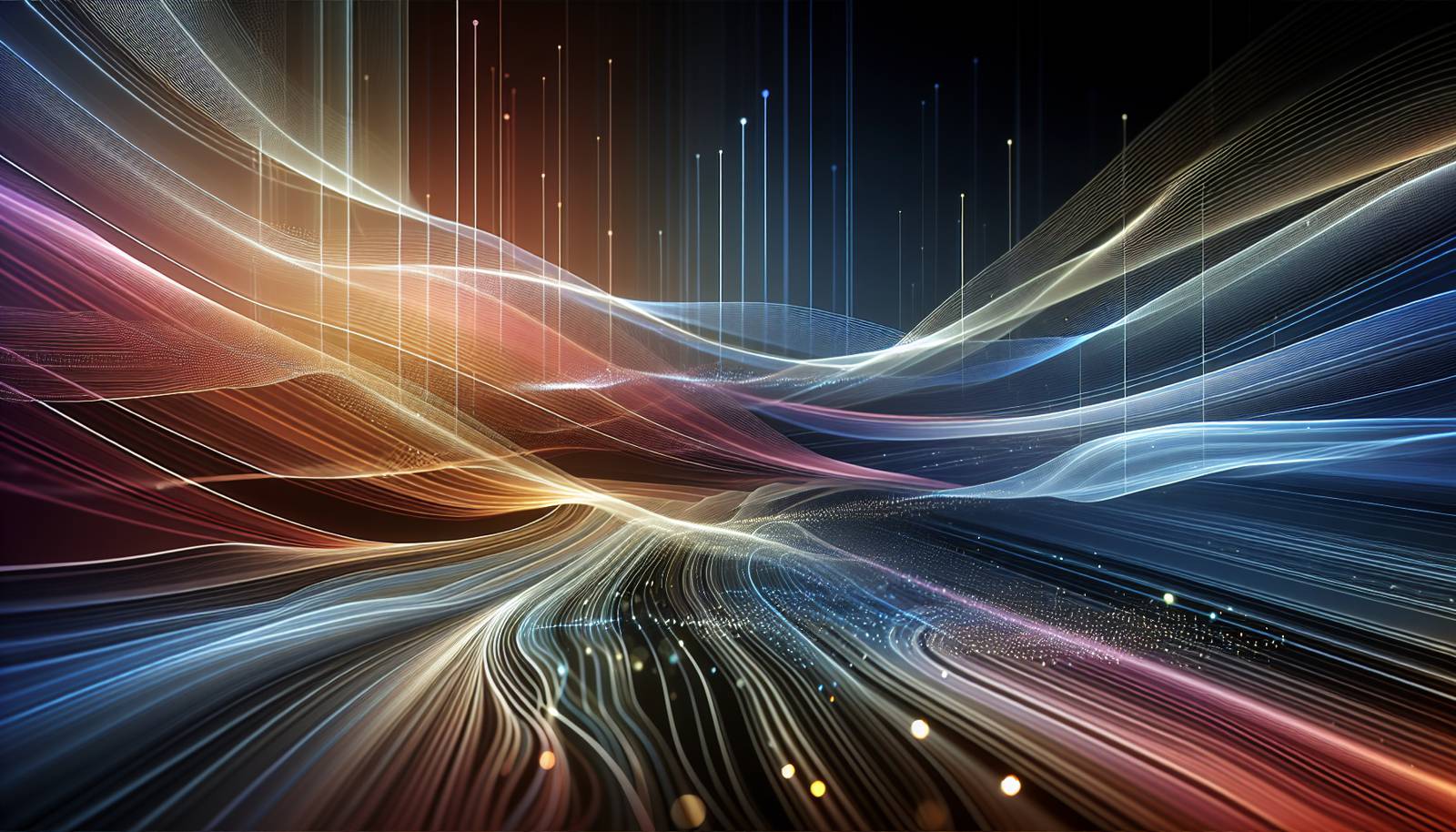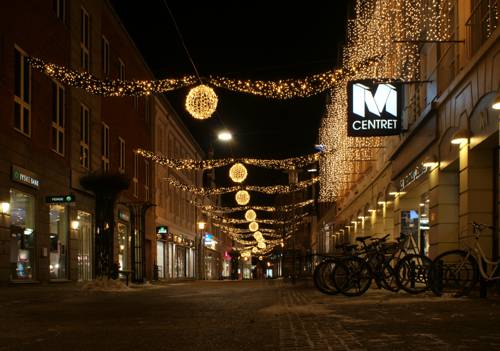
FAQ About The Influence of LED Art on Urban Landscapes

What is LED art and how is it used in urban landscapes?
LED art refers to artistic installations that utilize light-emitting diodes (LEDs) as a medium to create visual displays and enhance urban environments. These installations are often used in cityscapes to add vibrant colors, dynamic patterns, and interactive elements. LED art can transform ordinary urban landscapes into captivating visual experiences, offering both aesthetic appeal and cultural significance. They are frequently integrated into public spaces, buildings, and structures, creating night-time attractions that draw both locals and tourists.

How do LED installations impact the aesthetics of a city?
LED installations significantly enhance the aesthetics of a city by adding layers of visual interest and vibrancy. They transform static architectural features into dynamic elements that can change in appearance throughout the day and night. These installations often bring a contemporary and futuristic look to urban areas, highlighting modernity and innovation. Additionally, LED art can be used to highlight landmarks, revitalize neglected areas, and promote cultural events, contributing to an overall enhanced aesthetic experience of a city.

What are some examples of famous LED art installations in urban areas?
Some renowned LED art installations include "The Bay Lights" on the San Francisco–Oakland Bay Bridge, which used over 25,000 LEDs to create stunning visual displays. In Sydney, the annual "Vivid Sydney" festival features various LED artworks across the city, transforming architectural landmarks with light. "The Crown Fountain" in Chicago's Millennium Park uses LED illumination as part of its interactive public art experience, combining video technology with water features.

Why are LED lights often used for artistic installations over other types of lighting?
LED lights are favored for artistic installations due to their energy efficiency, longevity, and versatile color options. They consume significantly less power than traditional lighting, reducing operational costs and environmental impact. LED lights also have a long lifespan, making them suitable for permanent installations. Additionally, the technology allows for a wide range of colors and brightness levels, enabling artists to create dynamic, adaptable, and visually engaging installations that traditional lighting cannot achieve.

How does LED art influence cultural hubs within cities?
LED art plays a pivotal role in enhancing cultural hubs within cities by attracting visitors and engaging communities. These installations can become iconic symbols of a city’s contemporary culture and artistic identity, often being used as centerpieces in festivals and public spaces. They foster a sense of place and community pride, encouraging cultural activities and gatherings. Moreover, LED art can act as a catalyst for local art scenes, inspiring new artistic projects and collaborations that further enrich urban cultural hubs.

Can LED art have environmental benefits for urban landscapes?
Yes, LED art can have environmental benefits in urban landscapes. The energy efficiency of LEDs means that they consume less power compared to traditional lighting systems, reducing the carbon footprint of art installations. This lower power consumption not only decreases energy demands but also minimizes light pollution, creating more environmentally conscious and sustainable urban art projects. Additionally, the long lifespan of LED lights reduces waste and the environmental impact associated with frequent replacements.

What technologies are involved in creating LED art installations?
Creating LED art installations involves several technologies including LED lighting systems, computer software for programming light patterns, and digital controllers that manage the intensity and timing of light displays. Many installations also use sensors and interactive technologies allowing audiences to engage directly with the art. Advanced LED systems might incorporate wireless communication for seamless integration and management. Together, these technologies enable highly customizable, dynamic, and interactive art experiences.

How do LED art installations affect tourism in cities?
LED art installations can have a significant impact on tourism by making cities more attractive destinations. These mesmerizing displays often become local landmarks that draw visitors from around the world. LED installations serve as focal points for events, parades, and nighttime tours, diversifying the touristic offerings of a city. This influx of tourists can bolster local economies and incentivize further art projects and cultural initiatives.

Are there any drawbacks to using LED art in urban landscapes?
While LED art installations have many benefits, there can be drawbacks as well. Some potential issues include high initial installation costs and the complexity of maintaining large-scale installations. Additionally, if not properly designed, LED installations could contribute to light pollution, impacting local wildlife and disrupting natural ecosystems. It's crucial for cities to balance artistic innovation with environmental considerations and ensure that installations are sustainably integrated into urban landscapes.

What role do LED art installations play in urban revitalization?
LED art installations are pivotal in urban revitalization efforts by transforming neglected or underdeveloped areas into vibrant, attractive places. These installations can revive public interest and activity in neighborhoods, encouraging development and investment. They create visual landmarks that foster community identity and pride, often serving as gathering spots and centers of social interaction. Through these transformative effects, LED art helps breathe new life into urban spaces.

How can LED art installations be made interactive for the public?
LED art installations can be made interactive in several ways, such as incorporating sensors that respond to movements, sounds, or environmental changes. Some installations use touch screens or mobile apps to allow public interaction, letting users change colors, patterns, or messages displayed. Others might use pressure plates or gesture sensors that trigger specific lighting effects. Interactive LED art not only enhances public engagement but also creates personalized experiences that resonate with diverse audiences.

What are the economic implications of LED art installations for cities?
LED art installations can substantially benefit city economies by driving tourism and increasing foot traffic to nearby businesses. They often become attractions that draw tourists, which boosts local hospitality industries including hotels, restaurants, and retail. Furthermore, these installations can increase property values by revitalizing neighborhoods and enhancing urban aesthetics. The increased visibility and attractiveness of areas equipped with LED art contribute to ongoing economic vitality and cultural investment.

Can LED art incorporate elements of local culture or history?
Yes, LED art can incorporate elements of local culture or history by using themes, symbols, and narratives that resonate with the community. Artists can collaborate with local historians, cultural organizations, and communities to ensure that installations reflect significant local stories, traditions, or landmarks. This approach not only promotes cultural heritage but also enhances the relatability and emotional impact of the art, fostering a deeper connection between the installation and the public.

In what ways do LED art installations foster community engagement?
LED art installations foster community engagement by creating public spaces that encourage social interaction and participation. They often serve as backdrops for community events, gatherings, and festivals. Moreover, the interactive nature of many LED displays allows individuals to actively participate in shaping the visual experience, promoting creativity and shared ownership. By involving local artists and communities in their creation, LED installations can reflect community values and aspirations, further enhancing social cohesion and engagement.

How can LED art installations promote sustainability in urban development?
LED art installations promote sustainability in urban development through their energy efficiency, reduced light pollution, and minimal environmental impact. By using low-energy LED lights, cities can enjoy enhanced nighttime aesthetics without significant increases in energy consumption. Properly designed installations can incorporate sustainable materials and technologies, reducing waste and environmental degradation. Furthermore, these installations often raise awareness about sustainability issues by incorporating eco-friendly messages and themes.

What are the challenges in designing and installing LED art in urban environments?
Designing and installing LED art in urban environments pose several challenges, such as integrating the installations within existing urban infrastructure while ensuring minimal disruption. Artists and planners need to consider power supply, weather resistance, and compliance with local regulations. Balancing artistic vision with practicality and budget constraints is also crucial. Moreover, ensuring that installations are understandable and engaging for diverse audiences requires thoughtful design and collaboration with various stakeholders.

How have LED art installations evolved with new technology?
LED art installations have evolved significantly with advancements in technology, allowing for more complex and interactive designs. The development of smart technology and IoT (Internet of Things) has enabled installations to become dynamic, responsive, and interconnected, creating immersive experiences. Improvements in LED technology have resulted in brighter, more energy-efficient lights with a broader spectrum of colors. Such innovations have expanded the creative possibilities for artists, facilitating grander and more intricate art installations in urban landscapes.

Can LED art installations help address urban lighting issues?
Yes, LED art installations can help address urban lighting issues by providing better-designed lighting solutions that enhance visibility and safety while reducing light pollution. LEDs allow for focused and directional lighting, minimizing waste and reducing the negative impact of stray light on the environment. Thoughtfully deployed LED installations can brighten areas lacking adequate lighting, improving safety and accessibility while also contributing to urban aesthetics.

What are the cultural impacts of LED art in city life?
LED art has profound cultural impacts on city life by enriching the urban environment with new forms of expression and interaction. These installations often serve as contemporary cultural landmarks, reflecting a city’s commitment to innovation and the arts. They encourage public dialogue, cultural exchange, and artistic collaboration, fostering an inclusive space for cultural diversity. By illuminating urban landscapes, LED art helps define the cultural identity of a city, strengthening community bonds and promoting creativity.
